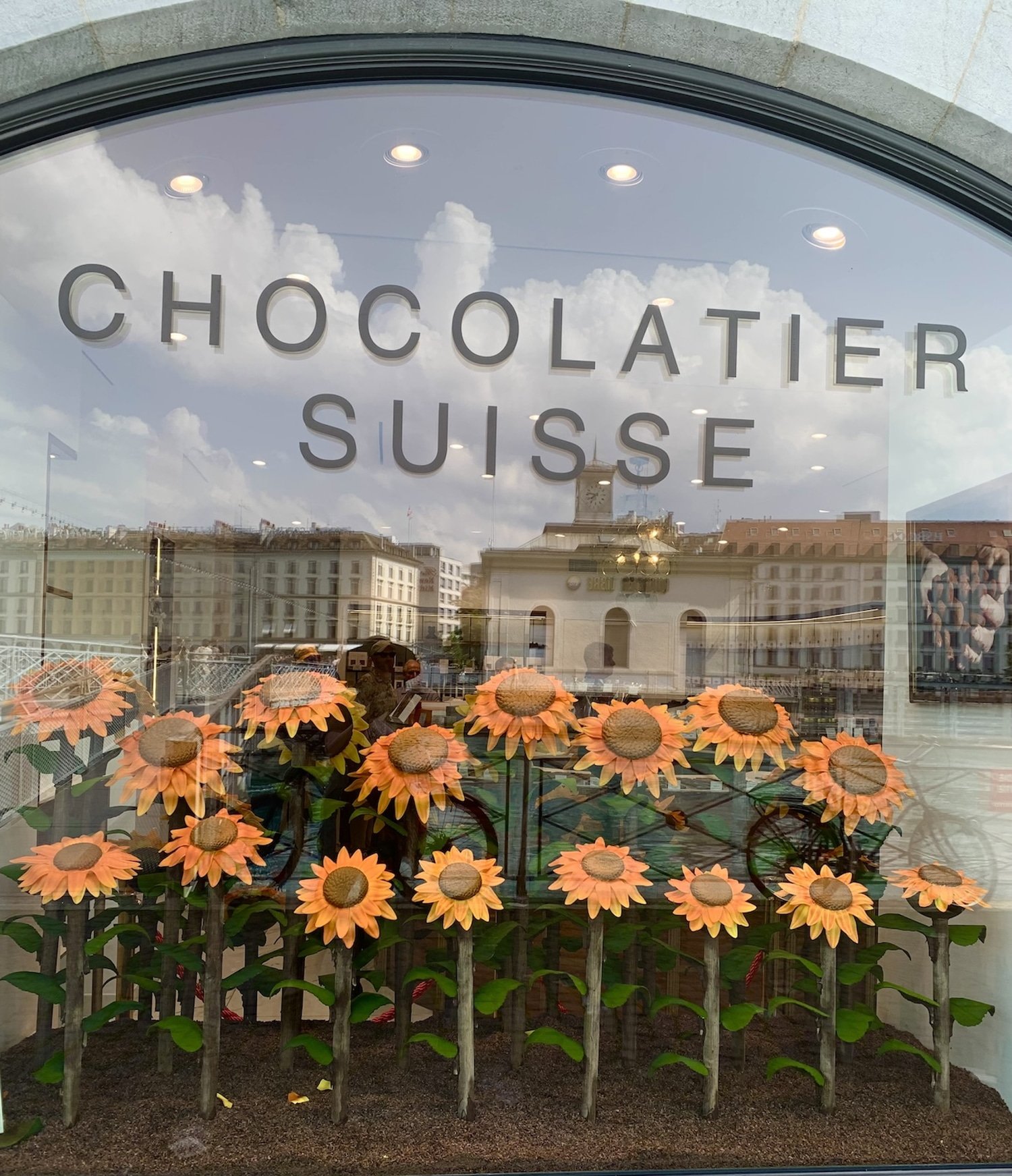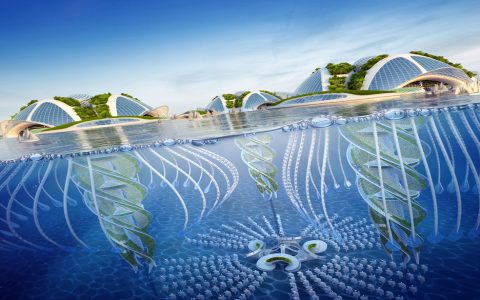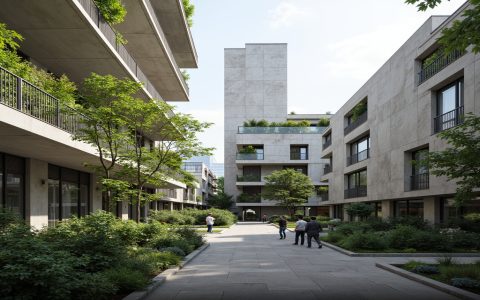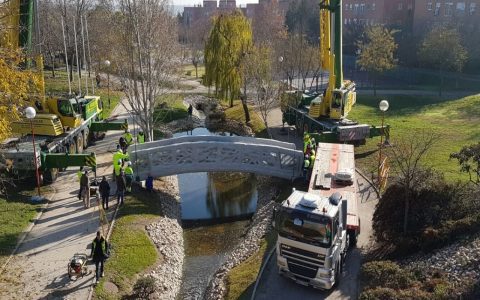Understanding Chocolate Architecture
Chocolate architecture refers to the art and technique of designing and constructing three-dimensional structures, sculptures, and showpieces using chocolate as the primary medium. This specialized field combines culinary skill with engineering principles to create visually stunning and often edible creations.
Key Principles and Techniques
Successfully executing chocolate architecture relies on a deep understanding of chocolate's properties and specific construction methods:
- Chocolate Selection: The choice of chocolate is paramount. Couverture chocolate, with its higher cocoa butter content, is preferred for its fluidity, snap, and sheen when properly tempered. Tempering is a critical process of heating and cooling chocolate to specific temperatures to ensure a stable crystalline structure, resulting in a glossy finish and preventing bloom.
- Structural Design: Similar to conventional architecture, load-bearing capacity and stability are crucial. This involves planning for appropriate thickness of chocolate elements, incorporating internal supports (often also made of chocolate or food-safe materials), and designing strong joints. Hollow casting can reduce weight while maintaining visual bulk.
- Molding and Assembly: Various techniques are employed:
- Molding: Pouring tempered chocolate into polycarbonate, silicone, or custom-made molds to create specific shapes.
- Casting & Carving: Creating solid blocks of chocolate that can then be carved or sculpted.
- Piping: Using tempered chocolate in piping bags for fine details, filigree work, or assembling components.
- Assembling Pre-fabricated Pieces: Using melted tempered chocolate as an adhesive to join components. Precision is key for seamless connections and stability.
- Temperature Control: Maintaining a controlled ambient temperature (typically 18-20°C or 64-68°F) and low humidity is essential during construction and for the longevity of the finished piece. Chocolate is highly sensitive to temperature fluctuations and moisture.
- Finishing and Decoration: Techniques to enhance the visual appeal include:
- Polishing for a high gloss.
- Dusting with cocoa powder or edible metallic powders.
- Airbrushing with colored cocoa butter.
- Applying edible paints or luster dusts.
Applications
Chocolate architecture is prominently featured in:

- Patisserie Showpieces: Elaborate centerpieces for buffets, high-end events, and pastry shop displays.
- Culinary Competitions: A common category where pastry chefs showcase their technical skill, creativity, and artistry.
- Luxury Confectionery: High-end chocolate products often incorporate architectural elements in their design and presentation.
- Marketing and Branding: Custom chocolate sculptures for promotional events, product launches, and corporate gifting.
Challenges
Working with chocolate as a structural material presents unique challenges:
- Fragility: Chocolate can be brittle and prone to breaking if not handled carefully or if structural design is inadequate. Reinforcement techniques may be necessary for larger pieces.
- Temperature Sensitivity: Susceptibility to melting, warping, or blooming if exposed to unfavorable environmental conditions, including direct sunlight or heat sources.
- Time Constraints: Tempering, setting, and assembly processes require careful planning and efficient execution. Each step is time-sensitive.
- Complexity of Joints: Ensuring strong and visually appealing connections between chocolate components requires skill and precision.
Mastery of chocolate architecture demands precision, patience, a thorough understanding of chocolate science, artistic vision, and sound engineering principles.







